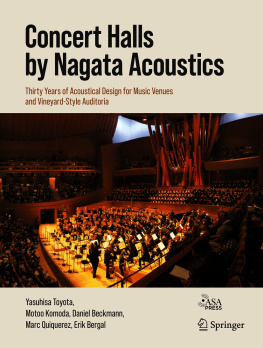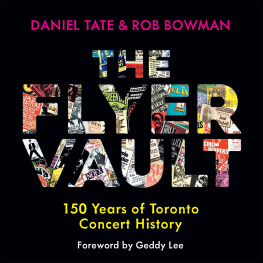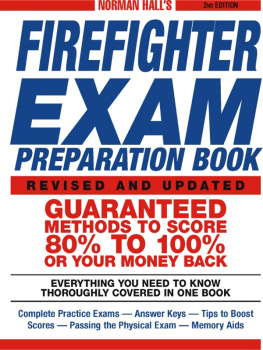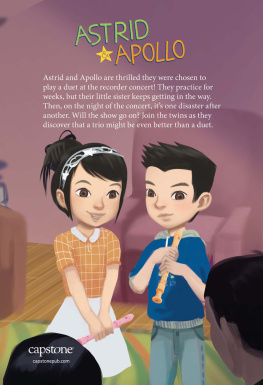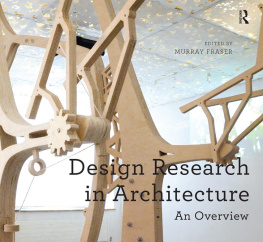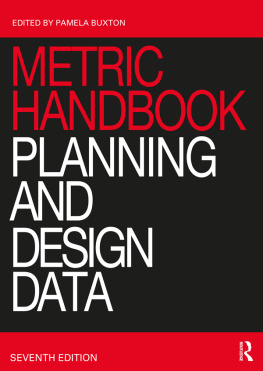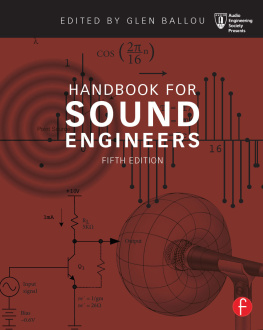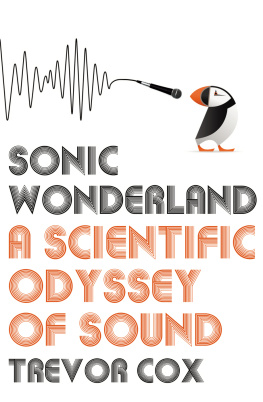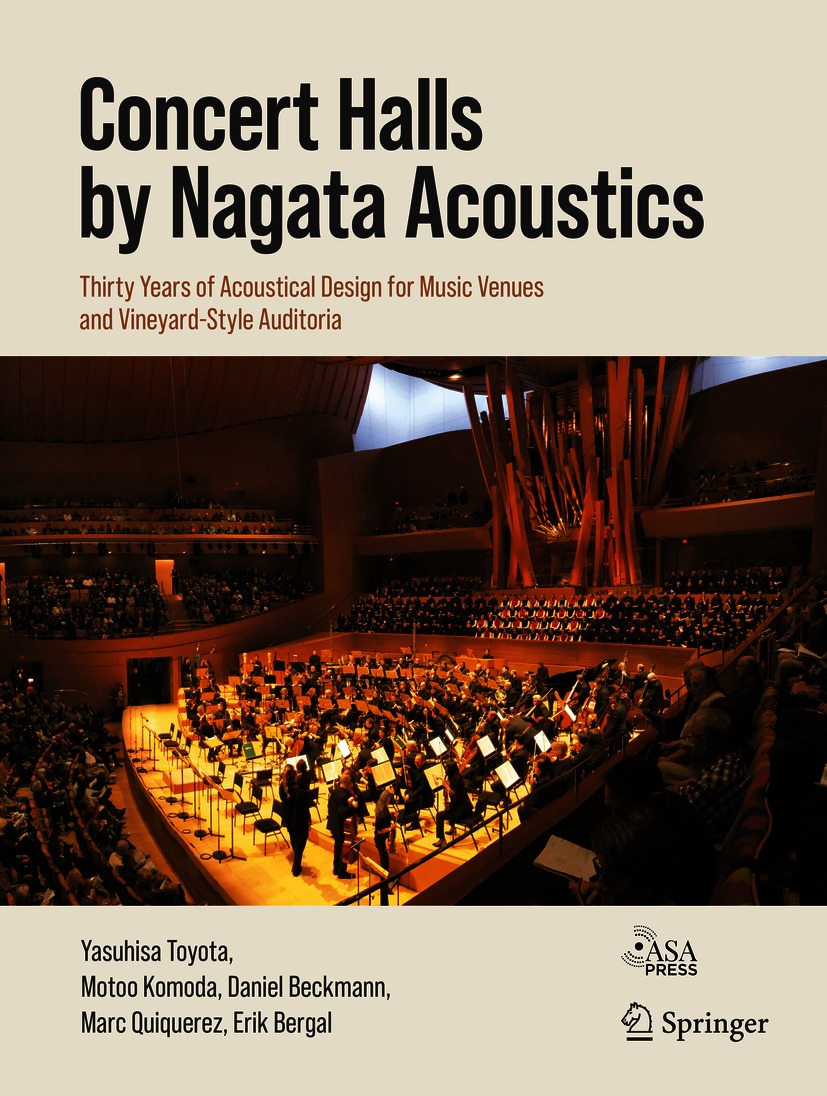Yasuhisa Toyota , Motoo Komoda , Daniel Beckmann , Marc Quiquerez and Erik Bergal
Concert Halls by Nagata Acoustics
Thirty Years of Acoustical Design for Music Venues and Vineyard-Style Auditoria
1st ed. 2020

Logo of the publisher
Yasuhisa Toyota
Nagata Acoustics, Los Angeles, CA, USA
Motoo Komoda
Nagata Acoustics, Los Angeles, CA, USA
Daniel Beckmann
Nagata Acoustics, Los Angeles, CA, USA
Marc Quiquerez
Nagata Acoustics, Paris, France
Erik Bergal
Nagata Acoustics, Los Angeles, CA, USA
ISBN 978-3-030-42449-7 e-ISBN 978-3-030-42450-3
https://doi.org/10.1007/978-3-030-42450-3
Springer Nature Switzerland AG 2020
This work is subject to copyright. All rights are reserved by the Publishers, whether the whole or part of the material is concerned, specifically the rights of translation, reprinting, reuse of illustrations, recitation, broadcasting, reproduction on microfilms or in any other physical way, and transmission or information storage and retrieval, electronic adaptation, computer software, or by similar or dissimilar methodology now known or hereafter developed.
The use of general descriptive names, registered names, trademarks, service marks, etc. in this publication does not imply, even in the absence of a specific statement, that such names are exempt from the relevant protective laws and regulations and therefore free for general use.
The publishers, the authors, and the editors are safe to assume that the advice and information in this book are believed to be true and accurate at the date of publication. Neither the publishers nor the authors or the editors give a warranty, express or implied, with respect to the material contained herein or for any errors or omissions that may have been made. The publishers remain neutral with regard to jurisdictional claims in published maps and institutional affiliations.
This Springer imprint is published by the registered company Springer Nature Switzerland AG
The registered company address is: Gewerbestrasse 11, 6330 Cham, Switzerland
The ASA Press
ASA Press, which represents a collaboration between the Acoustical Society of America and Springer Nature, is dedicated to encouraging the publication of important new books as well as the distribution of classic titles in acoustics. These titles, published under a dual ASA Press/Springer imprint, are intended to reflect the full range of research in acoustics. ASA Press titles can include all types of books that Springer publishes, and may appear in any appropriate Springer book series.
Editorial Board
Mark F. Hamilton (Chair), University of Texas at Austin
James Cottingham, Coe College
Timothy F. Duda, Woods Hole Oceanographic Institution
Robin Glosemeyer Petrone, Threshold Acoustics
William M. Hartmann (Ex Officio), Michigan State University
Darlene R. Ketten, Boston University
James F. Lynch (Ex Officio), Woods Hole Oceanographic Institution
Philip L. Marston, Washington State University
Arthur N. Popper (Ex Officio), University of Maryland
Christine H. Shadle, Haskins Laboratories
G. Christopher Stecker, Boys Town National Research Hospital
Stephen C. Thompson, The Pennsylvania State University
Ning Xiang, Rensselaer Polytechnic Institute

The Acoustical Society of America
On 27 December 1928 a group of scientists and engineers met at Bell Telephone Laboratories in New York City to discuss organizing a society dedicated to the field of acoustics. Plans developed rapidly, and the Acoustical Society of America (ASA) held its first meeting on 1011 May 1929 with a charter membership of about 450. Today, ASA has a worldwide membership of about 7000.
The scope of this new society incorporated a broad range of technical areas that continues to be reflected in ASAs presentday endeavors. Today, ASA serves the interests of its members and the acoustics community in all branches of acoustics, both theoretical and applied. To achieve this goal, ASA has established Technical Committees charged with keeping abreast of the developments and needs of membership in specialized fields, as well as identifying new ones as they develop.
The Technical Committees include acoustical oceanography, animal bioacoustics, architectural acoustics, biomedical acoustics, engineering acoustics, musical acoustics, noise, physical acoustics, psychological and physiological acoustics, signal processing in acoustics, speech communication, structural acoustics and vibration, and underwater acoustics. This diversity is one of the Societys unique and strongest assets since it so strongly fosters and encourages cross-disciplinary learning, collaboration, and interactions.
ASA publications and meetings incorporate the diversity of these Technical Committees. In particular, publications play a major role in the Society. The Journal of the Acoustical Society of America (JASA) includes contributed papers and patent reviews. JASA Express Letters (JASA-EL) and Proceedings of Meetings on Acoustics (POMA) are online, open-access publications, offering rapid publication. Acoustics Today, published quarterly, is a popular open-access magazine. Other key features of ASAs publishing program include books, reprints of classic acoustics texts, and videos. ASAs biannual meetings offer opportunities for attendees to share information, with strong support throughout the career continuum, from students to retirees. Meetings incorporate many opportunities for professional and social interactions, and attendees find the personal contacts a rewarding experience. These experiences result in building a robust network of fellow scientists and engineers, many of whom become lifelong friends and colleagues.
From the Societys inception, members recognized the importance of developing acoustical standards with a focus on terminology, measurement procedures, and criteria for determining the effects of noise and vibration. The ASA Standards Program serves as the Secretariat for four American National Standards Institute Committees and provides administrative support for several international standards committees.
Throughout its history to present day, ASAs strength resides in attracting the interest and commitment of scholars devoted to promoting the knowledge and practical applications of acoustics. The unselfish activity of these individuals in the development of the Society is largely responsible for ASAs growth and present stature.
In memory of Dr. Minoru Nagata, friend and mentor.
(19252018)
Foreword
What for me sets Yasu Toyota aside from other acousticians is that he does not listen to music only as an acoustician but also with musical ears. The greatest difficulty is to find the right balance between transparency and reverberation. Neither of these can really work without the other and in my view he hears that perfectly.

